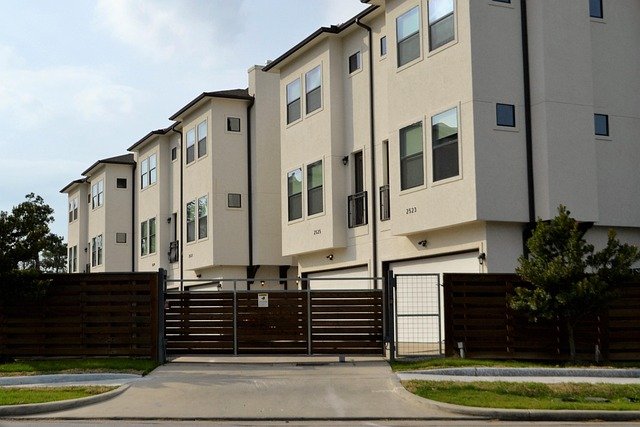Title: Micro-Apartments: The New Frontier in Urban Real Estate
Introduction: In the heart of bustling metropolises, a revolutionary housing trend is reshaping the real estate landscape: micro-apartments. These compact living spaces, typically ranging from 150 to 400 square feet, are captivating urban dwellers and investors alike. With 54% of the world's population now residing in cities, the demand for efficient, affordable housing solutions has never been greater. Let's delve into the world of micro-apartments and explore their potential to transform urban living.

Design Innovations in Small Spaces
The success of micro-apartments hinges on intelligent design. Architects and interior designers are pushing the boundaries of creativity, incorporating multi-functional furniture, clever storage solutions, and space-saving technologies. Beds that transform into desks, walls that slide to reveal hidden rooms, and ceilings that lower to create additional storage are just a few innovations making these tiny spaces livable. The goal is to create a sense of spaciousness within a minimal footprint, challenging traditional notions of what makes a home comfortable.
Economic Implications for Renters and Investors
For renters, micro-apartments offer an affordable entry point into desirable neighborhoods that might otherwise be out of reach. While the price per square foot may be higher, the overall monthly rent is often significantly lower than traditional apartments in the same area. This affordability factor is particularly appealing to young professionals, students, and those seeking to minimize their living expenses in expensive urban markets.
From an investor’s perspective, micro-apartments present an intriguing opportunity. The potential for higher yields per square foot, combined with strong demand in urban centers, makes these properties attractive additions to a real estate portfolio. However, it’s crucial to consider factors such as local zoning laws, building codes, and potential resistance from community boards when evaluating micro-apartment investments.
Psychological and Social Impacts
Living in a micro-apartment requires a shift in mindset. Residents must embrace minimalism and efficiency, often leading to a reevaluation of their consumption habits and lifestyle choices. This downsizing can have positive psychological effects, reducing stress associated with clutter and excessive possessions. However, it’s not without challenges. The lack of personal space can be daunting for some, potentially impacting mental health and social dynamics.
Community spaces within micro-apartment buildings become crucial in this context. Shared lounges, kitchens, and work areas not only extend the living space but also foster a sense of community among residents. This communal aspect can counteract feelings of isolation and create a more vibrant living environment.
Urban Planning and Sustainability
Micro-apartments align with the principles of sustainable urban development. By maximizing population density in city centers, they reduce urban sprawl and the associated environmental impacts. Residents of micro-apartments are more likely to use public transportation, walk, or cycle, contributing to reduced carbon emissions. Additionally, the smaller living spaces require less energy for heating and cooling, further reducing the environmental footprint.
However, the integration of micro-apartments into existing urban fabrics presents challenges for city planners. Infrastructure, from public transportation to waste management, must be adapted to accommodate increased population density. Balancing the need for affordable housing with concerns about overcrowding and quality of life is a delicate task that requires thoughtful urban planning and policy-making.
The Future of Micro-Apartments
As urbanization continues to accelerate, the micro-apartment trend is likely to gain momentum. Advances in technology, such as smart home systems and virtual reality, could further enhance the livability of these small spaces. We may see the development of modular micro-apartments that can be easily reconfigured or expanded as residents’ needs change.
The success of micro-apartments will ultimately depend on their ability to provide not just housing, but homes. As the real estate industry continues to innovate in this space, we can expect to see evolving designs that balance efficiency with comfort, and affordability with quality of life. The micro-apartment phenomenon is more than just a trend—it’s a glimpse into the future of urban living, challenging us to rethink our relationship with space, community, and the very concept of home.





